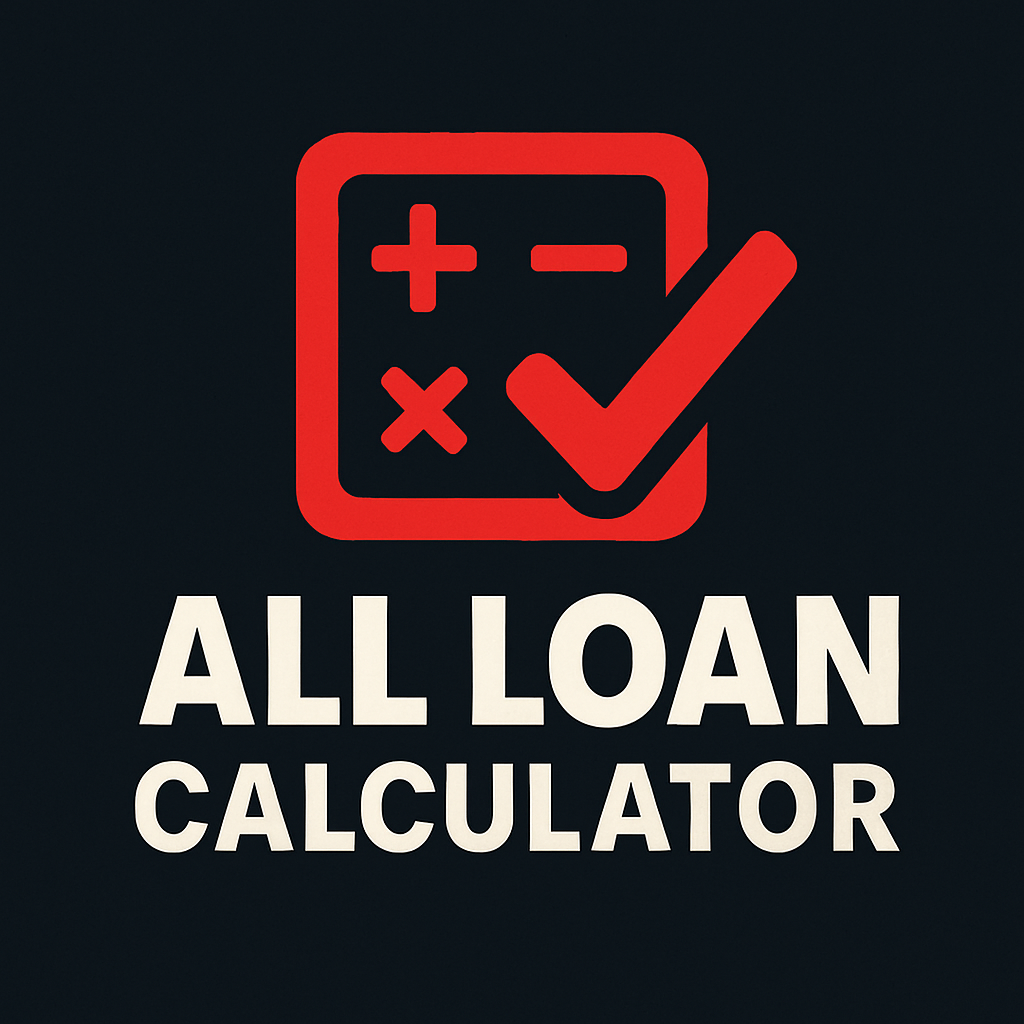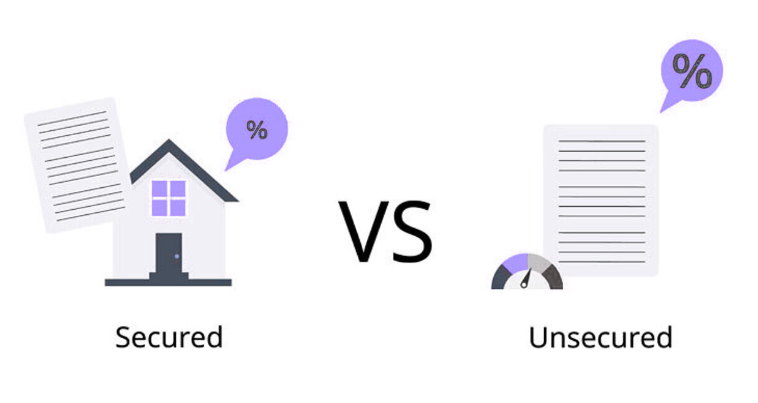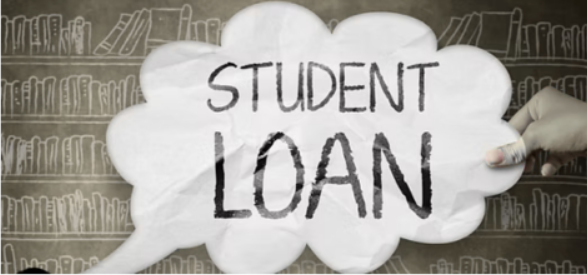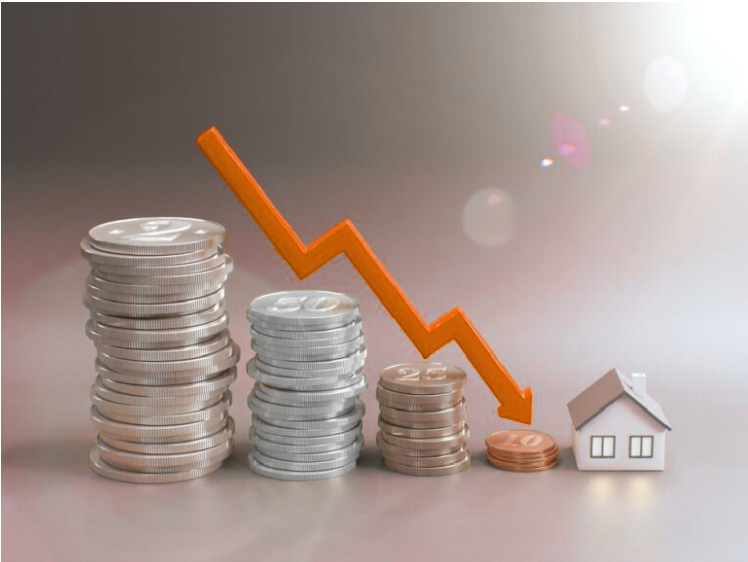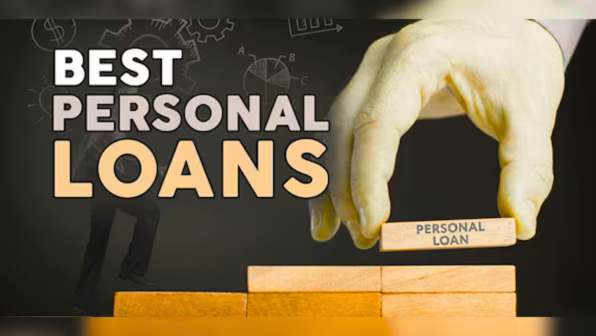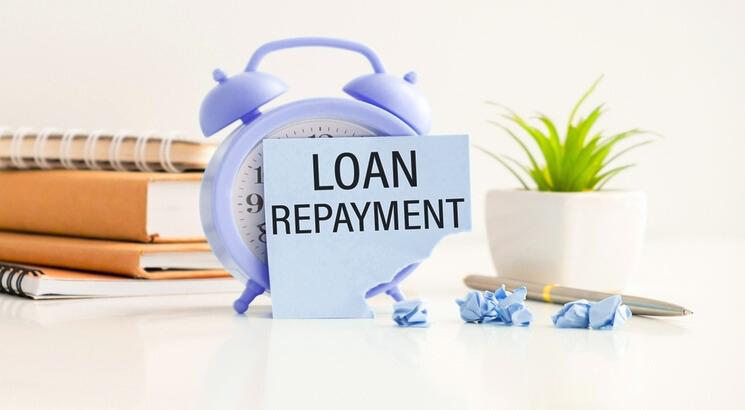Secured vs. Unsecured Loans: What to Know
When it comes to borrowing money, understanding your options can save you both stress and money. Secured vs. unsecured loans are two common types of financing, each with distinct benefits, risks, and eligibility requirements. Knowing the differences helps borrowers make informed decisions, whether you’re planning a major purchase, consolidating debt, or covering unexpected expenses. In this guide, we’ll explore how these loans work, their pros and cons, interest rates, and tips for choosing the right loan for your financial situation.
What Are Secured Loans?
With a secured loan, you pledge an asset such as your home, car, or savings as security. This reduces the lender’s risk and can result in better approval chances and lower rates.
Examples of Secured Loans
Mortgage loans: Backed by real estate.
Auto loans: Secured with the purchased vehicle.
HELOCs and home equity loans: Secured using the equity in your home.
Secured personal loans: Backed by savings accounts or certificates of deposit (CDs).
Benefits of Secured Loans
Lower interest rates: Collateral reduces lender risk, which usually lowers your borrowing cost.
Higher loan amounts: Because the loan is backed by an asset, lenders may approve larger sums.
Easier approval for borrowers with low credit scores: Security can compensate for less-than-perfect credit.
Drawbacks of Secured Loans
Risk of asset loss: Defaulting on payments can result in the lender seizing your collateral.
Longer approval process: Verification of collateral may take extra time.
Potential fees: Some secured loans have appraisal, origination, or maintenance fees.
What Are Unsecured Loans?
An unsecured loan does not require collateral. These loans are granted based largely on your financial standing, including creditworthiness and income. Because there is no asset backing the loan, interest rates are usually higher, and lenders apply stricter approval criteria.
Examples of Unsecured Loans
Credit cards: Revolving credit with flexible limits.
Personal loans: Fixed repayment loans without collateral.
Student loans: Often unsecured and based on federal or private criteria.
Medical loans: For healthcare expenses, typically unsecured.
Benefits of Unsecured Loans
No risk of losing property: Your home, car, or savings are not at stake.
Faster approval: No collateral appraisal speeds up the process.
Flexible use: Often used for a variety of personal expenses.
Drawbacks of Unsecured Loans
Higher interest rates: Reflects higher risk for lenders.
Lower borrowing limits: Lenders restrict amounts based on income and credit.
Stricter credit requirements: Good or excellent credit is often needed.
Secured vs. Unsecured Loans: Key Differences
| Feature | Secured Loans | Unsecured Loans |
|---|---|---|
| Collateral | Required | Not required |
| Interest Rates | Typically lower | Typically higher |
| Loan Amounts | Often higher | Often lower |
| Approval Requirements | Easier with low credit | Stricter credit checks |
| Risk to Borrower | Lose collateral if default | Credit score may be affected |
| Common Examples | Mortgage, auto, HELOC | Credit cards, personal loans, student loans |
This table provides a quick snapshot, helping borrowers choose the right loan based on risk tolerance, financial goals, and credit profile.
How Interest Rates Differ
Interest rates are a critical factor when comparing secured vs. unsecured loans.
Secured loans: Lower borrowing costs because the lender has collateral as security. For instance, mortgage rates are generally lower than personal loan rates.
Unsecured loans: Higher rates reflect the absence of collateral. Credit card APRs and personal loans are prime examples.
Other factors affecting rates include credit score, income stability, loan term, and market conditions.
Choosing the Right Loan for Your Needs
To decide between secured and unsecured loans, follow these guidelines:
Assess your credit score: A higher credit score may allow you to qualify for unsecured loans with lower interest.
Determine loan purpose: Large purchases like a house or car may be best financed with a secured loan. Small, short-term needs might be ideal for unsecured loans.
Evaluate risk tolerance: Can you afford to put an asset at stake? If not, unsecured loans are safer.
Check interest rates carefully: Small differences can add up to big savings in the long run.
Read terms and conditions: Understand fees, repayment schedules, and penalties.
Frequently Asked Questions (FAQs)
1. What is the main difference between secured and unsecured loans?
The primary difference is collateral. With secured loans, you pledge an asset, while unsecured loans don’t involve collateral.
2. Are secured loans safer for lenders?
Yes, collateral reduces lender risk, which often results in lower interest rates and higher loan amounts.
3. Can someone with bad credit qualify for an unsecured loan?
It’s challenging. Unsecured loans rely heavily on creditworthiness, so poor credit often results in higher interest rates or denial.
4. What happens when a secured loan goes into default?
The lender can seize the collateral, such as your home or car, to recover the debt.
5. Are interest rates always higher for unsecured loans?
Generally, yes, because lenders face greater risk without collateral. Exceptions may occur for borrowers with excellent credit.
6. Can I convert an unsecured loan to a secured loan?
Some lenders may allow refinancing an unsecured loan into a secured loan to lower rates or increase the loan amount.
7. Which loan type is better for debt consolidation?
Secured loans are often preferred for large amounts, but unsecured loans can work for smaller balances without risking assets.
8. Are student loans secured or unsecured?
Most student loans are unsecured, meaning they don’t require collateral. Federal loans are the most common example.
9. Can I borrow a larger amount with an unsecured loan?
Unsecured loans typically have lower limits, so large purchases usually require secured loans.
10. How can I compare lenders effectively?
Look at interest rates, fees, repayment terms, eligibility criteria, and lender reputation. Online calculators and reviews can help.
Conclusion
Understanding secured vs. unsecured loans is essential for making smart financial decisions. Secured loans provide lower interest rates and higher borrowing amounts but carry the risk of losing your asset if you default. Unsecured loans, on the other hand, are convenient since they don’t require collateral, but they often come with stricter approval requirements, lower loan amounts, and higher interest rates. Choosing the right option depends on your financial situation, credit history, and comfort with risk.
